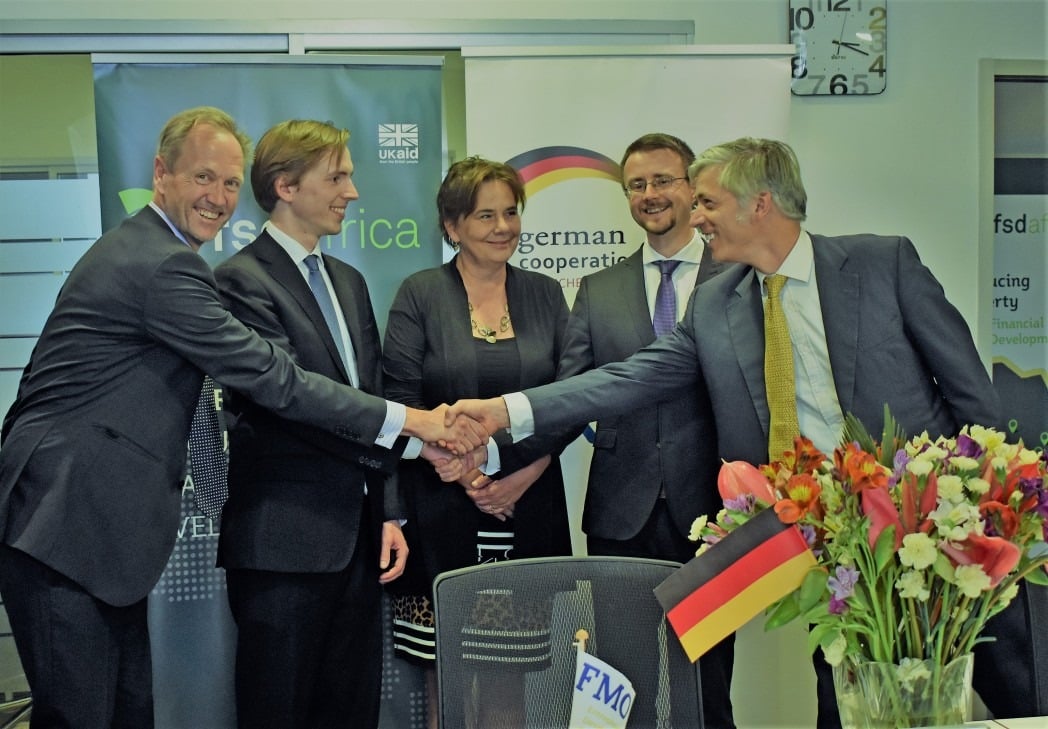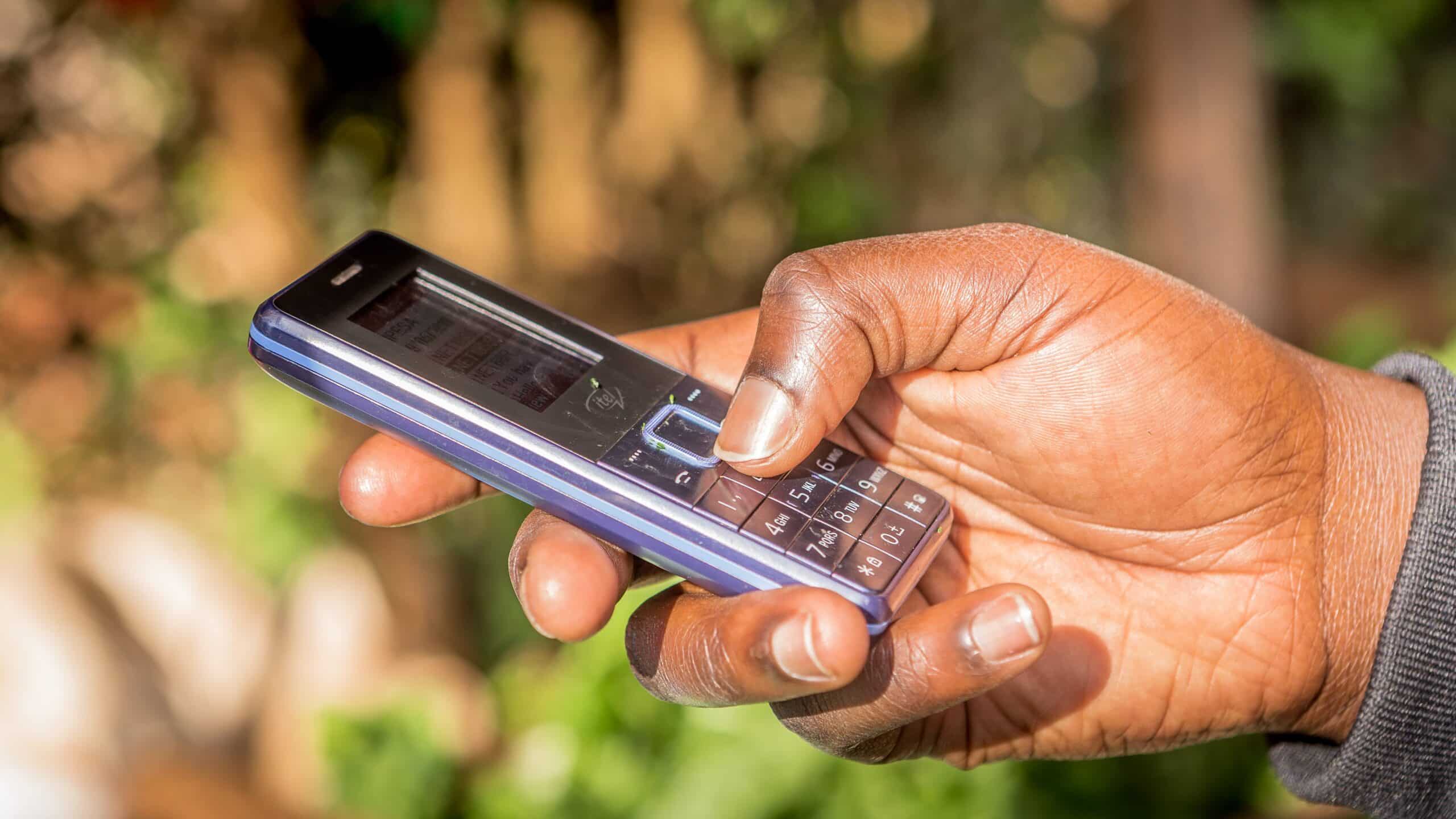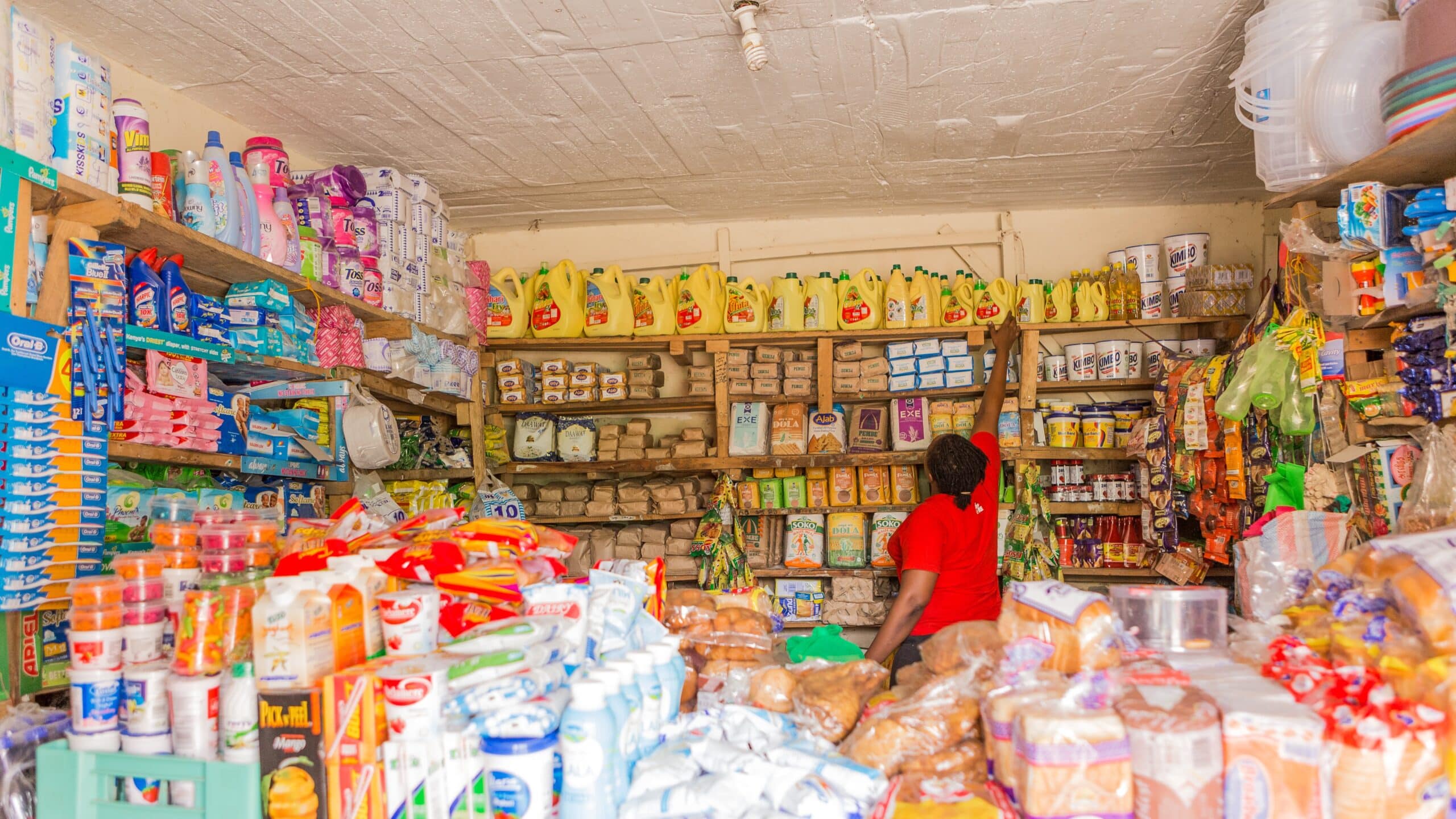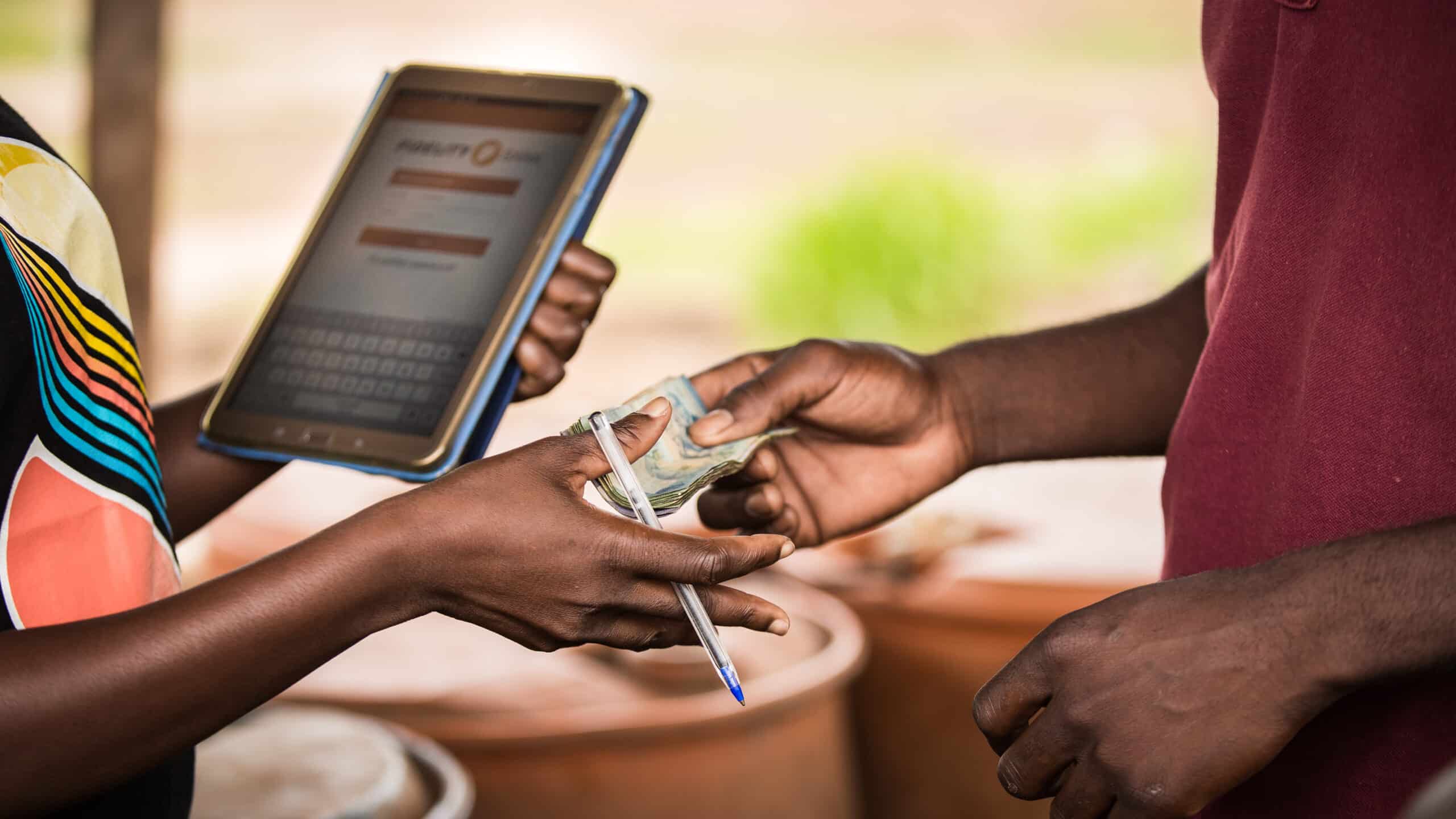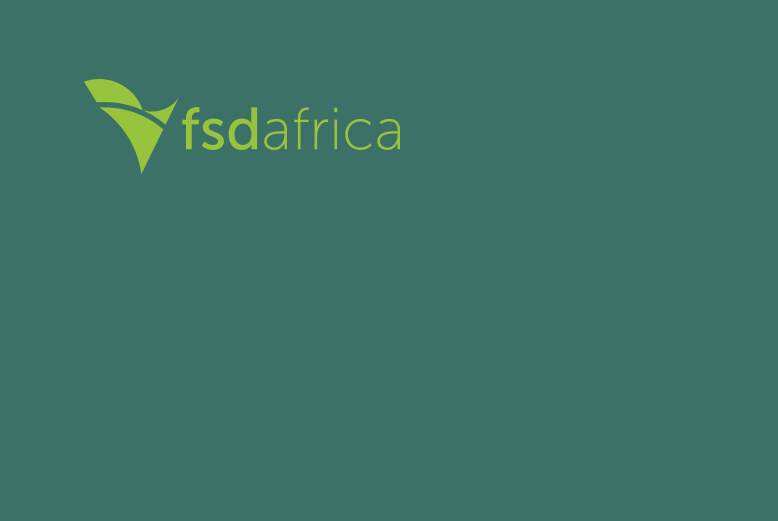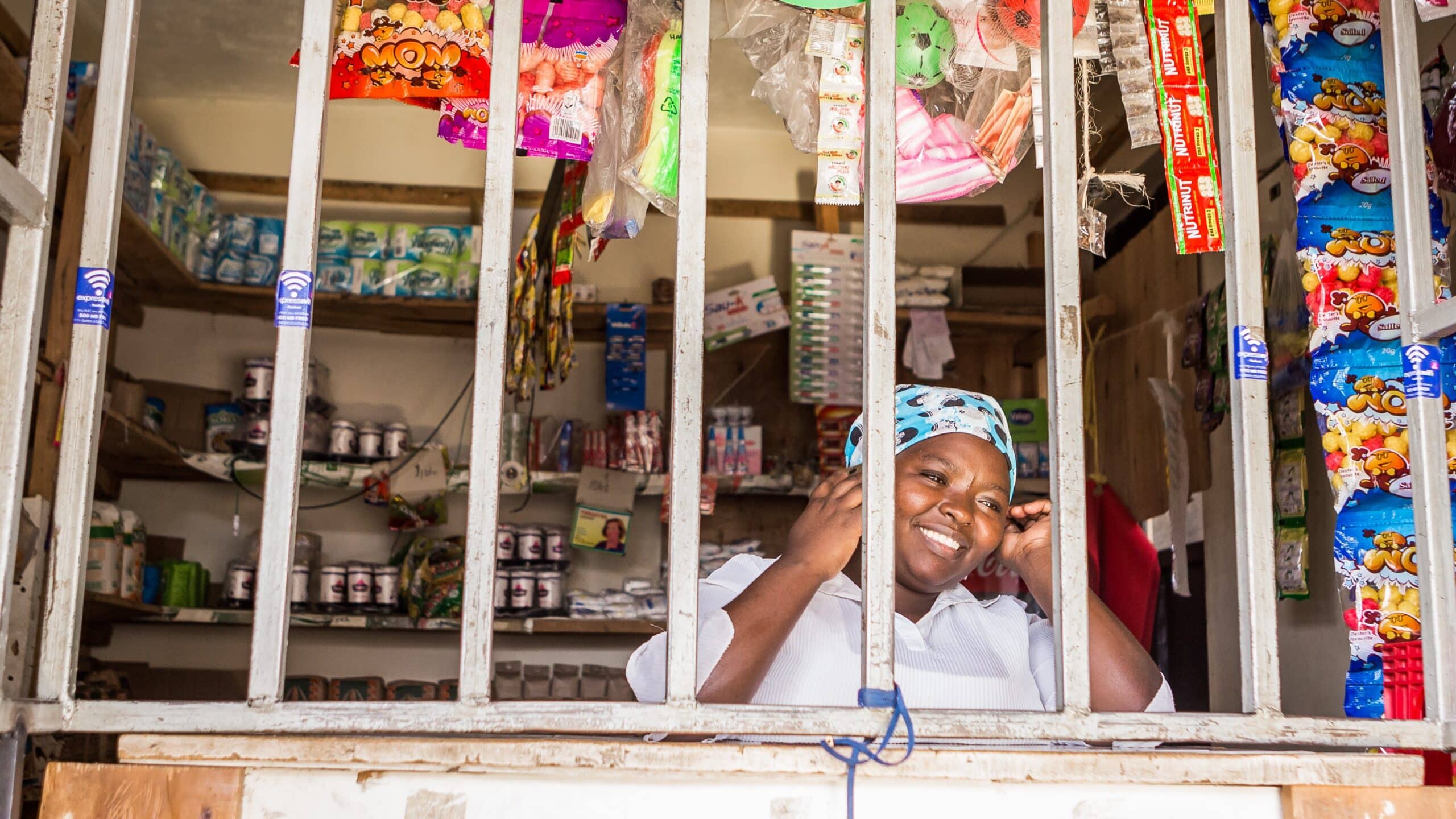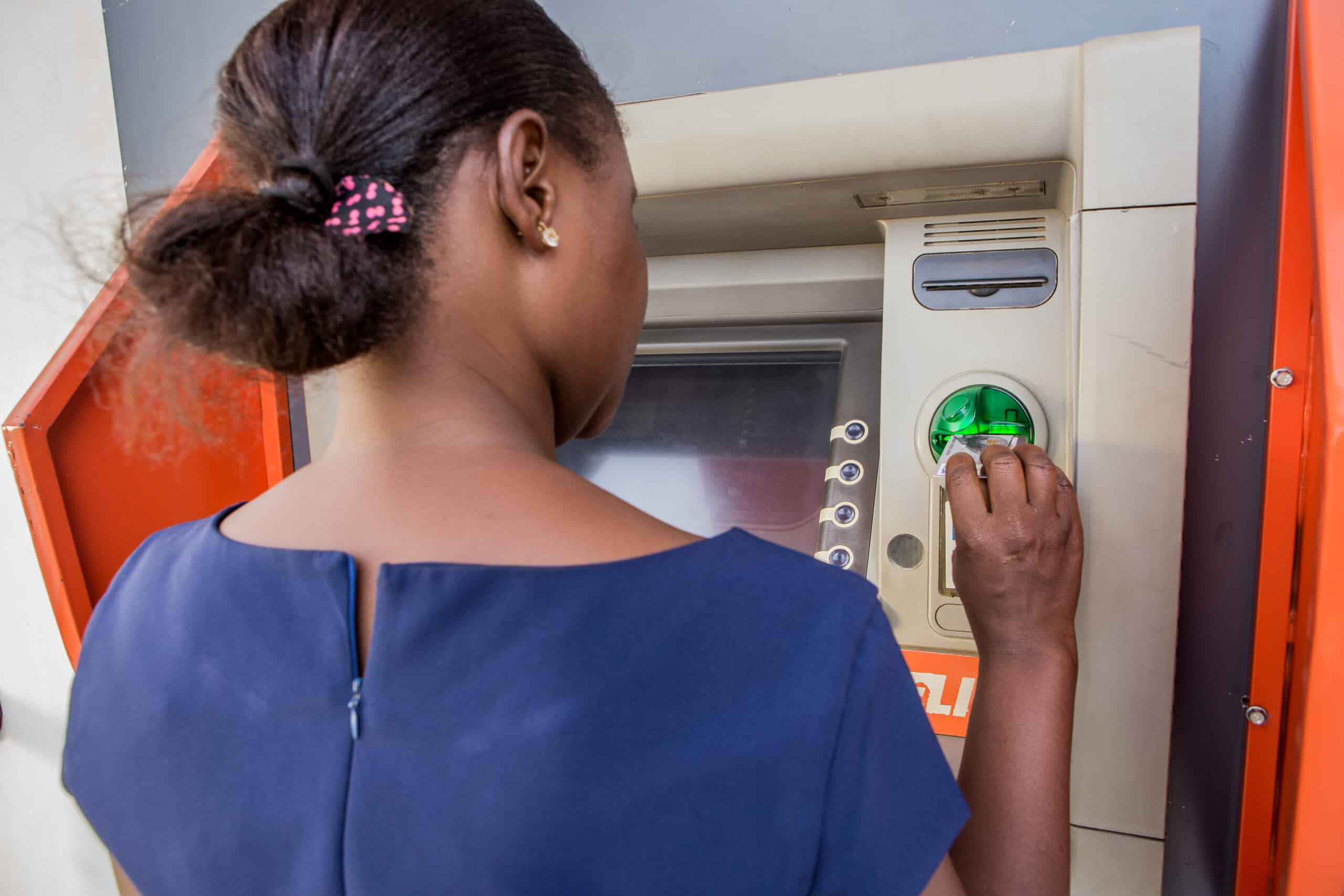PRESS RELEASE – FOR IMMEDIATE PUBLICATION
Nairobi, 9th May 2017 – Financial Sector Deepening Africa (FSD Africa) and KfW Development Bank announce that they have agreed terms under which FSD Africa will invest £15.3 million in the African Local Currency Bond Fund (ALCBF). When fully subscribed, this fresh injection of capital will take ALCBF’s total equity to £53m, substantially increasing the fund’s investment firepower and thus enabling it to step up its engagement with developmentally important industry sectors such as green energy and housing and take on investments in fragile and conflict affected states.
ALCBF was established by KfW on behalf of the German Ministry for Economic Cooperation and Development (BMZ) in 2012 to support the development of African bond markets and improve private sector access to long-term and local currency financing.
Alongside this investment in the equity of the fund, FSD Africa has also agreed to contribute £500,000 towards ALCBF’s Technical Assistance Facility. FSD Africa’s investment is part of a comprehensive and continuing strategy by ALCBF to increase significantly its capital base through equity and debt, and diversify its funding sources.
Mark Napier, Director of FSD Africa, said: “We are proud to become the African Local Currency Bond Fund’s second shareholder. The lack of long term, local currency funding is one of the most serious problems in Africa’s financial markets. It means that good projects don’t get funded and much-needed jobs don’t get created. We were attracted by the African Local Currency Bond Fund because of its pan-African reach, its ability to generate solid financial returns from good quality investments, and because of its energetic commitment to supporting the development of capital markets by providing technical assistance alongside investment capital.”
Capital markets are an important medium for channelling savings into investment in local economies, but in most African countries they are not yet playing a significant role. Where domestic capital markets do not work and long-term local currency finance is not available, companies are forced to rely on hard currency loans. Foreign currency loans expose borrowers and sometimes an entire financial system to exchange rate risk: when local currencies weaken, foreign currency loans can quickly become very expensive to repay and when the borrower is a financial institution, that can create risks for the financial system as a whole. Low income households and small businesses are often among those most affected by systemic financial crises.
Bond issuance not only means that companies gain access to investment capital. It also means that local investors – typically, pension funds and insurance companies – get the opportunity to invest for the long term in their own currency, thus ensuring that their long-term liabilities, such as pension pay-outs, can be matched.
ALCBF has been investing in Africa for four years, during which it has played a key role in bringing 19 issuances to market for 13 companies in 7 countries, investing a total of £33m. The current outstanding portfolio is £24m. All investments to date have been in the financial sector, including micro-lenders, Micro, Small and Medium Enterprises (MSME) lenders, leasing companies and lenders into the health, education and housing finance sectors.
ALCBF is managed by Lion’s Head Global Partners (LHGP) Asset Management LLP (LHGP AM), an investment and advisory firm regulated by the UK Financial Conduct Authority with offices in London and Nairobi. LHGP AM was appointed as Fund Manager to ALCBF in May 2015. Bim Hundal, Chairman of LHGP AM, says: “We are pleased and excited to work with KfW and FSD Africa on this ground-breaking initiative. Providing local currency financing to African companies and institutions puts ALCBF at the forefront of capital markets innovation.”
FSD Africa’s investment is expected to increase the number and size of bond issuances in SSA and reduce the cost of capital for borrowers. Because the fund never buys more than 50% of a bond, the investment should mobilise (or crowd in) significant amounts of domestic capital from local institutions: in 2016, for every £1 invested by the fund in local currency bonds, £10.6 was invested by third parties.
FSD Africa’s investment will also help ALCBF to continue its work of strengthening technical capacity in the market, supporting local issuers with advice and building the skill set, standards and practices of market intermediaries such as placement agents and investment banks.
This marks FSD Africa’s largest deployment of investment capital to date and is consistent with its objective of driving financial market transformation through capital investment as well as through grant funding.
Johannes Feist, Head of Division – Financial Systems Development, Southern Africa and Regional Funds for KfW, said: “We are delighted to welcome FSD Africa’s participation in the African Local Currency Bond Fund. FSD Africa’s equity investment, alongside KfW’s, can be leveraged with senior debt which means the fund can deliver capital market development impact more quickly and in more markets across Africa.”
Ends.
Note to editors
About KfW
KfW Development Bank has been helping the German Federal Government to achieve its goals in development policy and international development cooperation for more than 50 years. In this regard, KfW Development Bank is both an experienced bank and a development institution with financing expertise, an expert knowledge of development policy and many years of national and international experience. On behalf of the German Federal Government, and primarily the Federal Ministry for Economic Cooperation and Development (BMZ), KfW Development Bank finance and support programmes and projects that mainly involve public sector players in developing countries and emerging economies – from their conception and execution to monitoring their success.
Contact: Johannes Feist, KfW, +49-69-7431-3519 or Johannes.Feist@kfw.de.
For more information about KfW Development Bank’s activities and current updates follow:
Twitter: @KfW
Website: www.kfw-entwicklungsbank.de.
About FSD Africa
FSD Africa is a non-profit company which aims to increase prosperity, create jobs and reduce poverty by bringing about a transformation in financial markets in SSA and in the economies, they serve. It provides know-how and capital to champions of change whose ideas, influence and actions will make finance more useful to African businesses and households. It is funded by the UK aid from the UK Government.
Contact: Mark Napier, FSD Africa, +245 701 773 028 or mark@fsdafrica.org.
For more information about FSD Africa’s activities and current updates follow our social media platforms:
Twitter: @FSDAfrica
Linkedin: Financial Sector Deepening Africa (FSD Africa)
Website: www.fsdafrica.org
